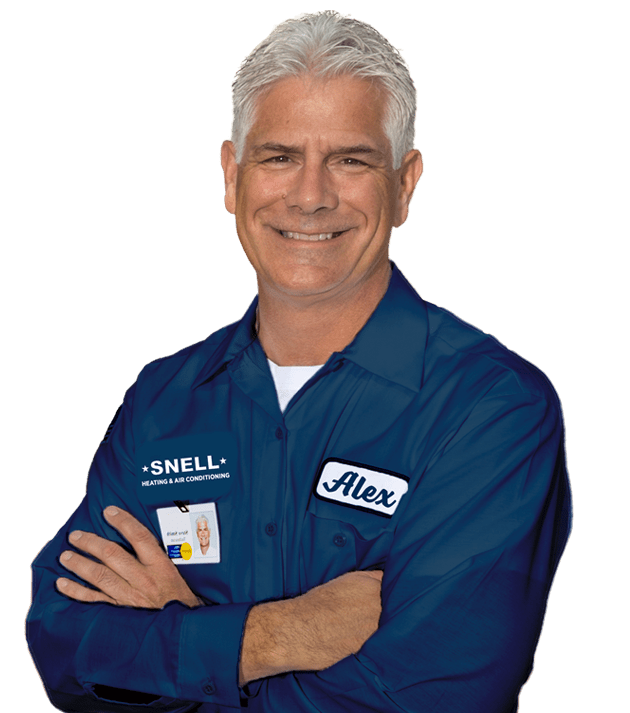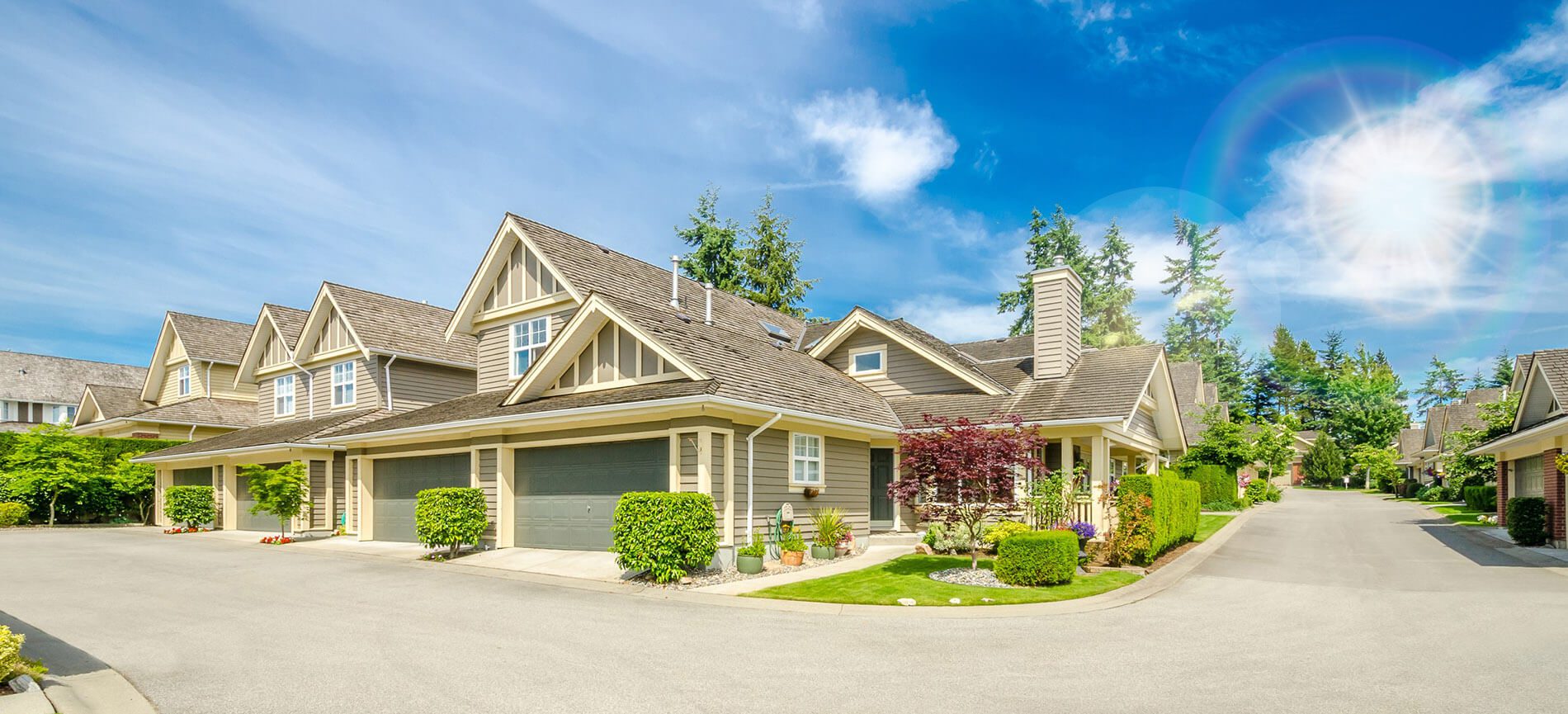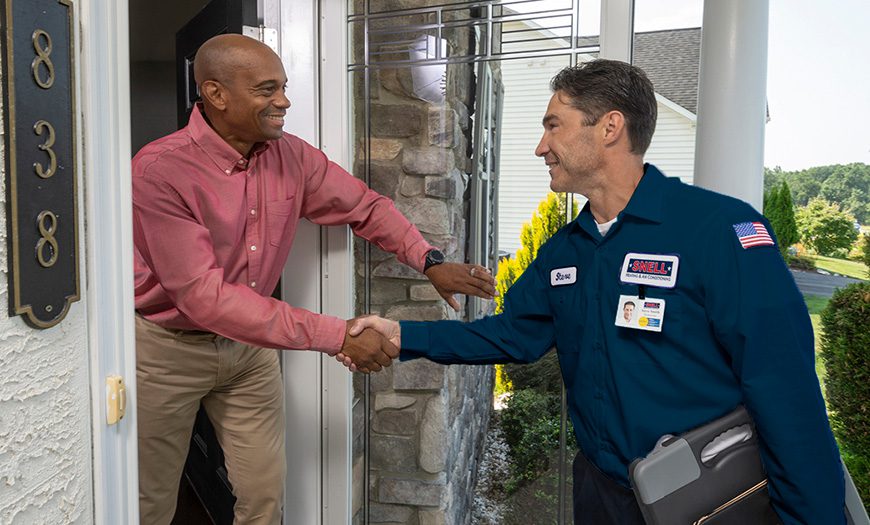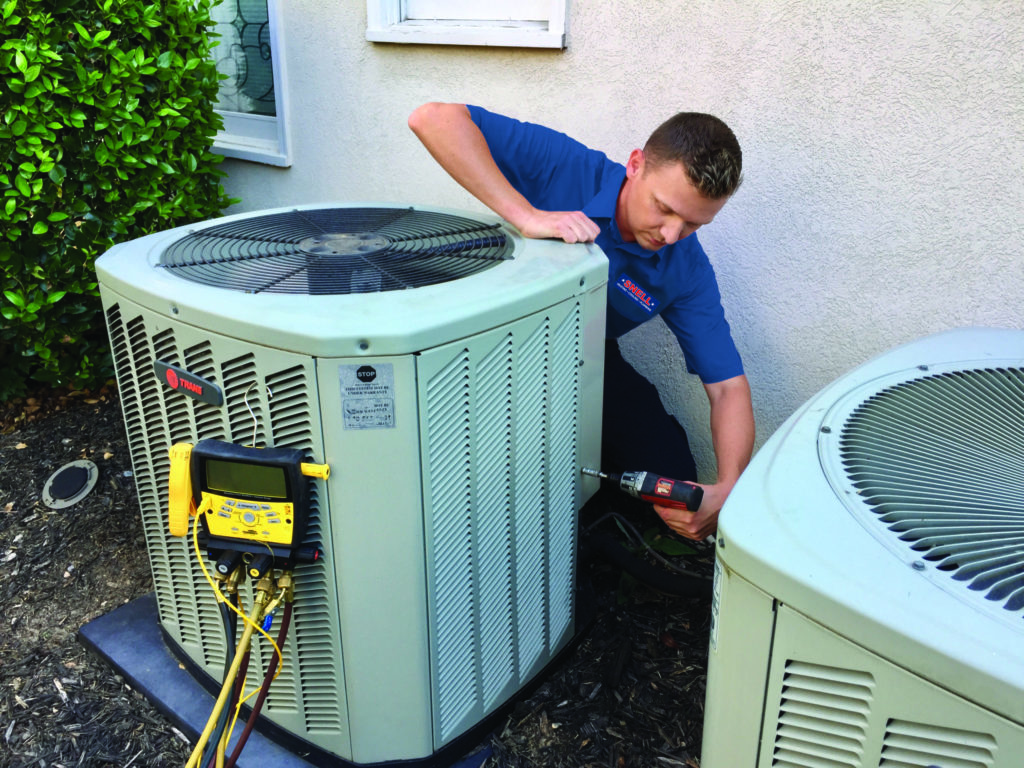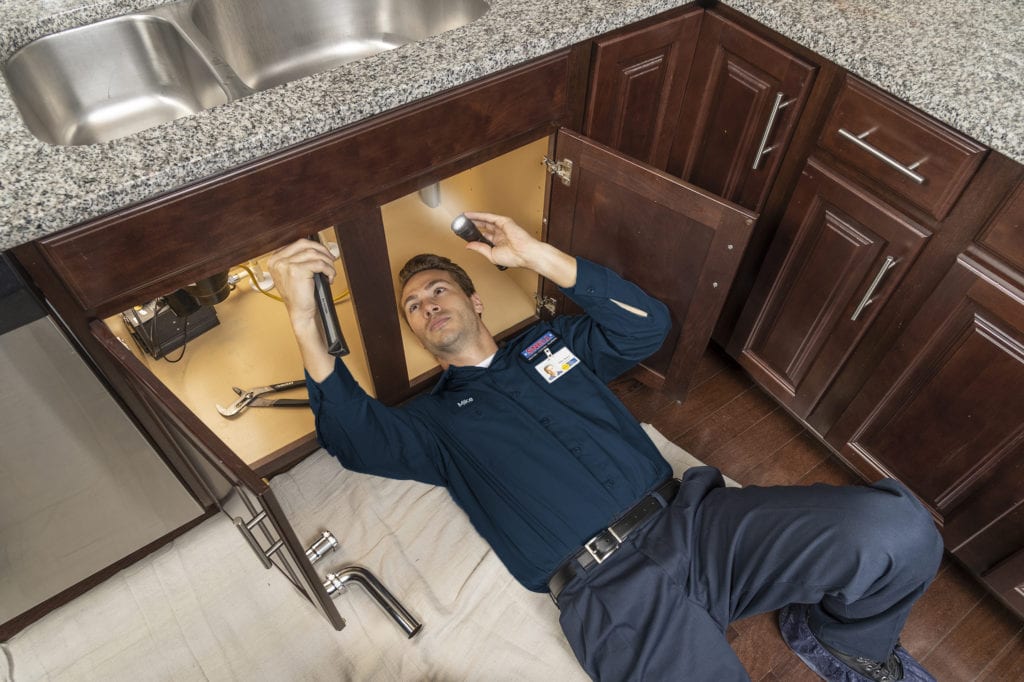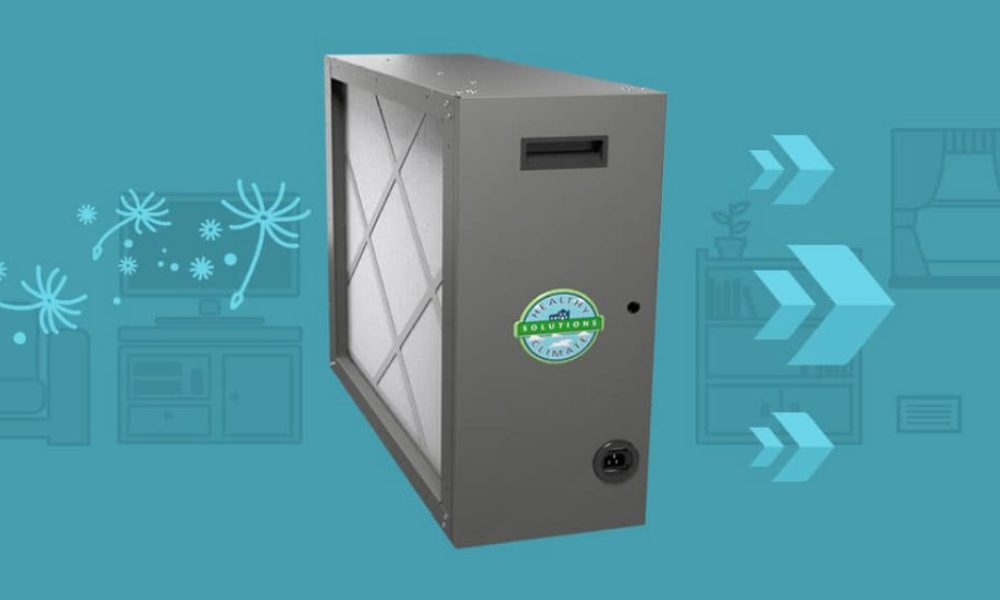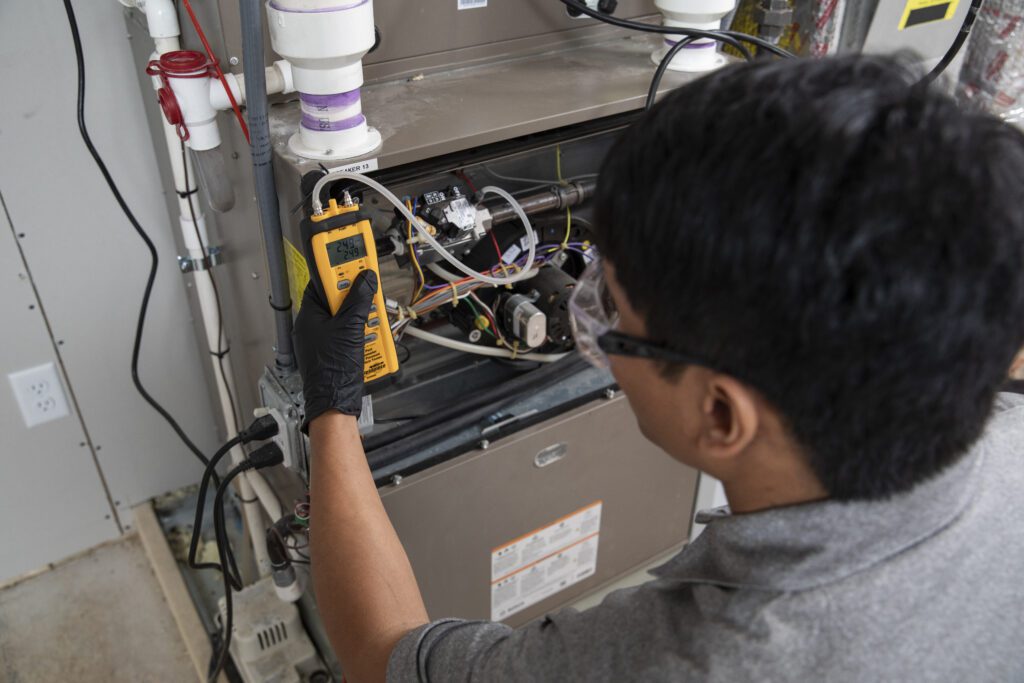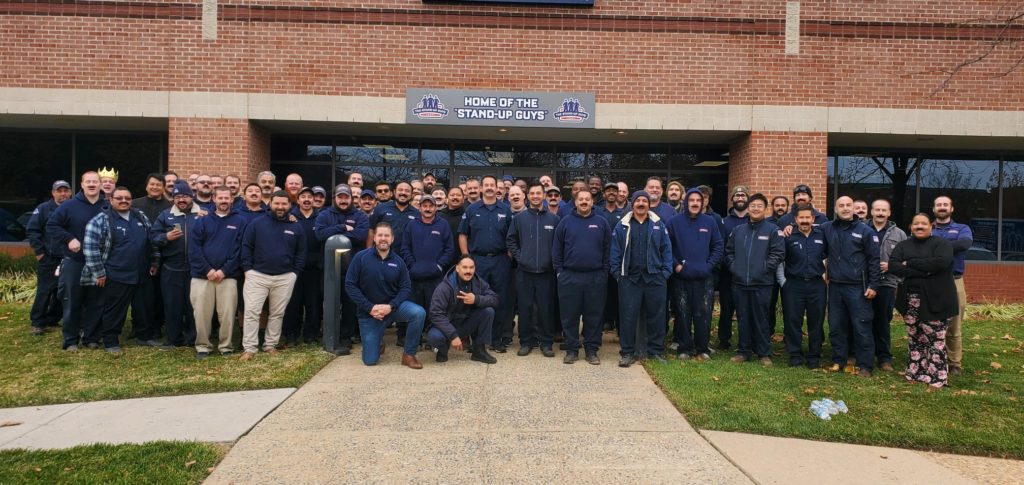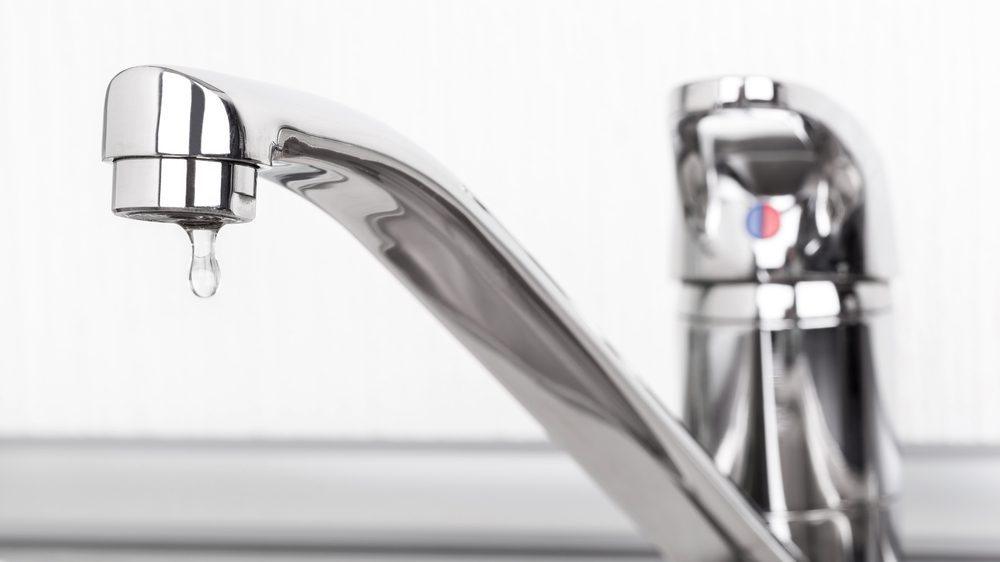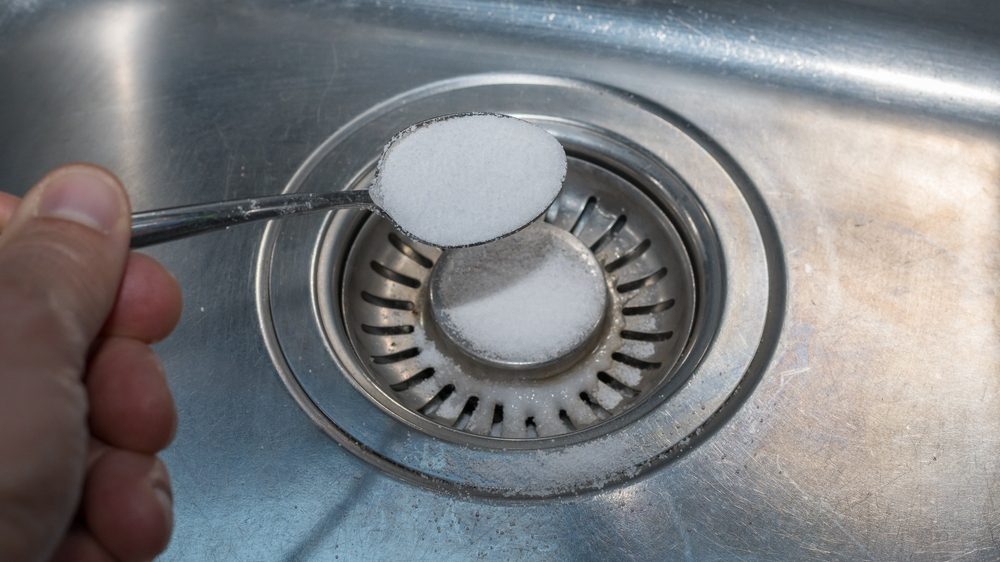Plumbing, Electrical, Furnace, Air Conditioning & HVAC Repair Services
Snell Heating & Air Conditioning offers reliable HVAC repair services such as air conditioning tune-up, furnace repair, whole-house humidifier replacement, air conditioning repair, and heating system installation. Our team provides upfront pricing to ensure you understand the project before we begin. The certified technicians at Snell Heating & Air Conditioning are available to answer your call 24 hours a day each day of the week.
We also provide plumbing repair and installation services for malfunctioning water heaters, gas pipes, sump pumps, and drain lines. Snell Heating & Air Conditioning provides safe and dependable HVAC and plumbing repair services in areas of Virginia such as Alexandria, Reston, Arlington, and Centreville. We offer full residential electrical services including generators, panel replacement, repairs and more. Each member of our team is trained and certified to perform maintenance on old and new systems from a variety of manufacturers. To receive assistance with a plumbing or HVAC issue, give our team a call by phone at (703) 543-9649.

